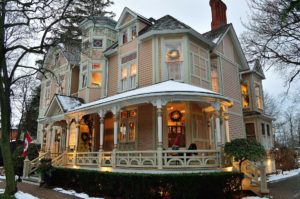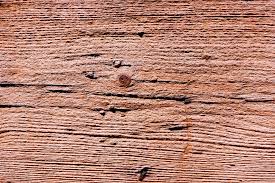Winter 2024 Update: Check Out This New South Shore Skating Rink!
Since we wrote the blog post below, South Shore residents have had the good fortune to have a new place to skate outdoors in the Quincy Center ice skating rink located near General’s Bridge. Be sure to check it out with friends & family this winter!
As we write this post, it’s looking to be a cold weekend ahead here on Boston’s South Shore; plus, it’s only early February, which means there’s still likely going to be plenty of days ahead this year fit for outdoors ice skating and/or sledding.
The above inspired our South Shore roofing company to share our list of great places to skate or sled on the South Shore — the place our residential roofing contractors call home! Check out these places to “play” outdoors on South Shore winter days!
Where To Ice Skate On The South Shore (Outdoors)
- Norwell Skating Rink: Pine Street Fields, Norwell
- Jacobs Pond Conservation Area: 48 Jacobs Lane, Norwell
- Lily Pond: King Street, Cohasset
- Widow’s Walk Golf Course: 250 The Driftway, Scituate
- East Street Pond: East Street, Cohasset
Where To Sled On The South Shore
- East Middle School: 305 River Street, Braintree
- Braintree Municipal Golf Course: 101 Jefferson Street, Braintree
- Lincoln Park: 74 Pond Street, East Braintree
- North Hill Country Club: 29 Merry Avenue, Duxbury
- Miramar Retreat Center: 121 Parks Street, Duxbury
- South Shore Country Club: 274 South St., Hingham
- Coast Guard Hill: 900 Ferry St, Marshfield
- Milton Academy Ayer Observatory: 170 Centre St., Milton
- First Parish Norwell: 24 River St., Norwell
- Gaffield Park: 68 River St., Norwell
- Presidents Golf Course: 357 W. Squantum St., Quincy
- Furnace Brook Golf Course: 20 Reservoir Road, Quincy
- Scituate Country Club: 91 Driftway, Scituate
- Tufts Library: 46 Broad St., Weymouth
Be Safe When It Comes To Outdoors Ice Skating and Sledding
Inspired to head out for skating or sledding? Be sure your children bring and wear their helmets, thick gloves or mittens, and hats. And, make sure an adult will be accompanying and watching them throughout their skating or sledding activities! And, keep in mind that safety experts recommend that children sled feet-first!
If ice skating is in the plans for your South Shore winter play day, make sure an adult checks the ice before children skate on it. Ice that has open water patches is a “no go” for skating — it’s just not safe. Look for outdoors ice skating spots where ice has a dark blue color vs. white or grey, since dark blue ice is safer!
Lastly, be sure to pack some hot drinks, like hot cocoa, or hot cider, in thermoses to warm everyone up and keep them hydrated!
Play It Safe When It Comes To Your Home And Roof This Winter
And, speaking of both playing and staying safe, be sure to “play it safe” and hire an expert when snow and ice are causing, or have potential to cause, damage to your home or roof due to ice dams. As we explain in this blog post about ice dams, ice dams can damage your home. So, learn what they are and why you should hire professional roofers like South Shore Roofing to help you treat and remove them.
Our Team Of Roofing Experts Is Always Here To Help
Whether you need help because of winter weather’s impact on your home and roof, or you want to start planning for a new roof installation or roof replacement this spring, reach out to the team of roofing experts at South Shore roofing today!













